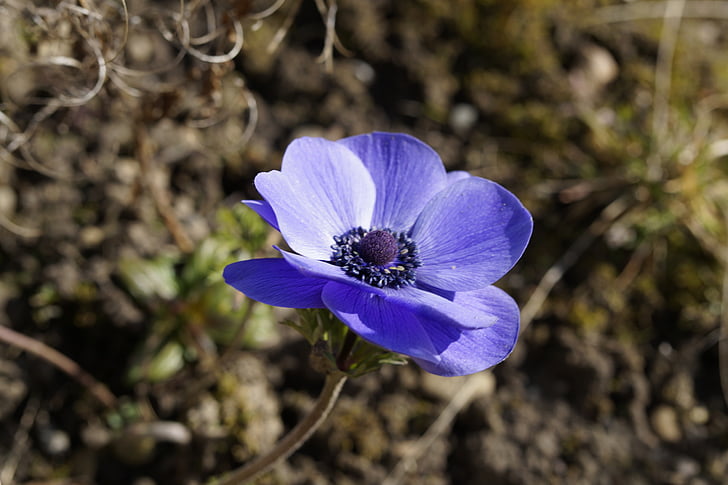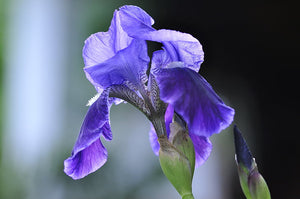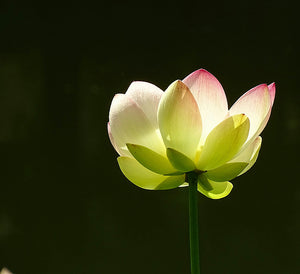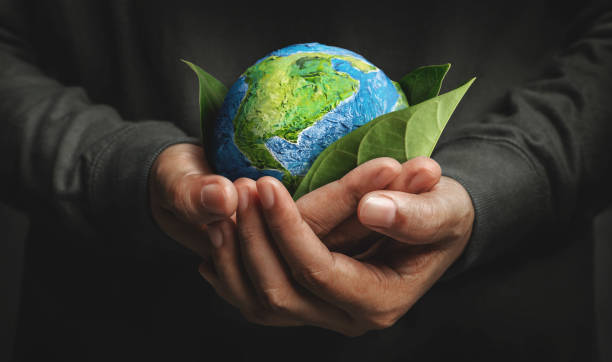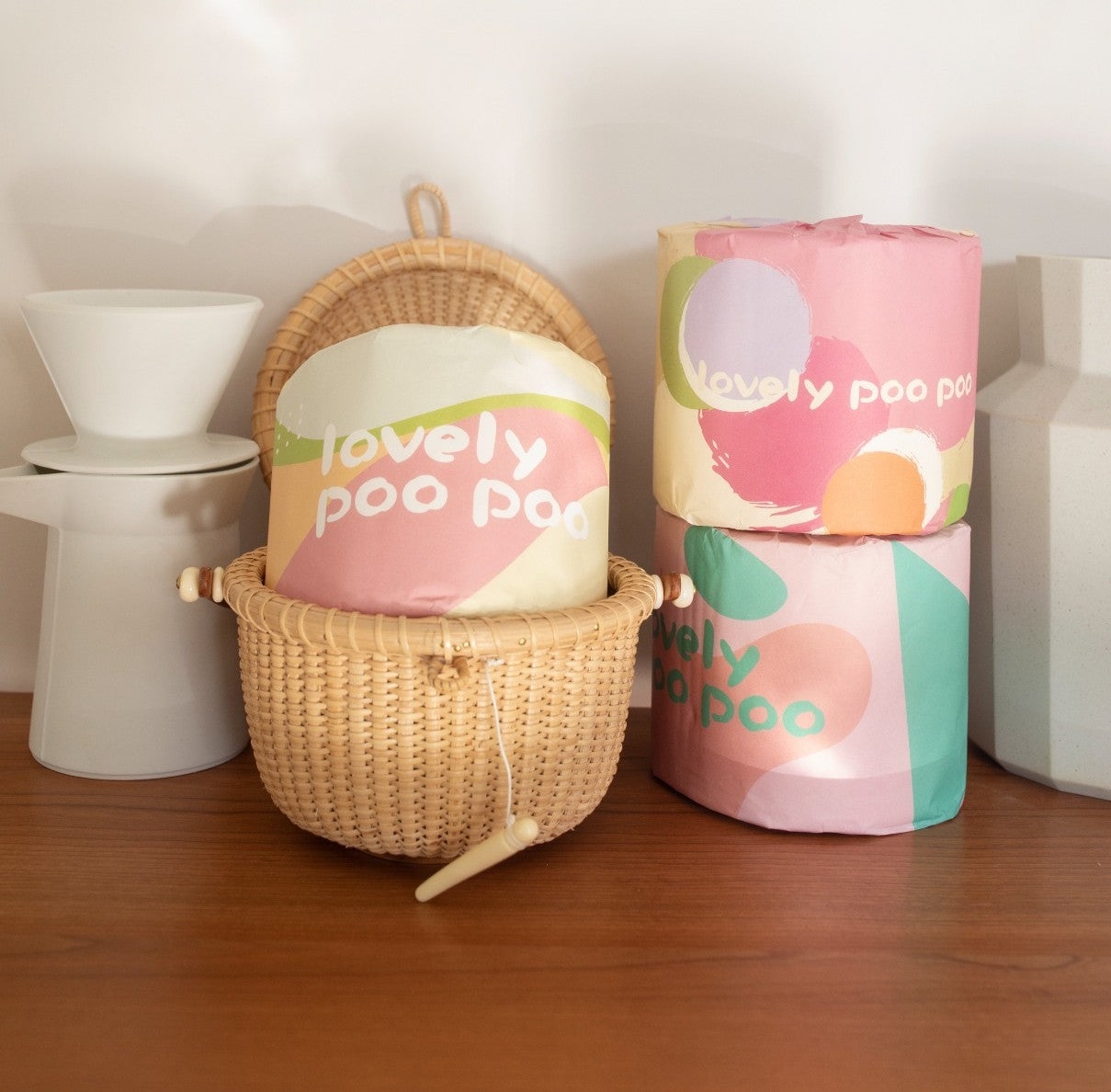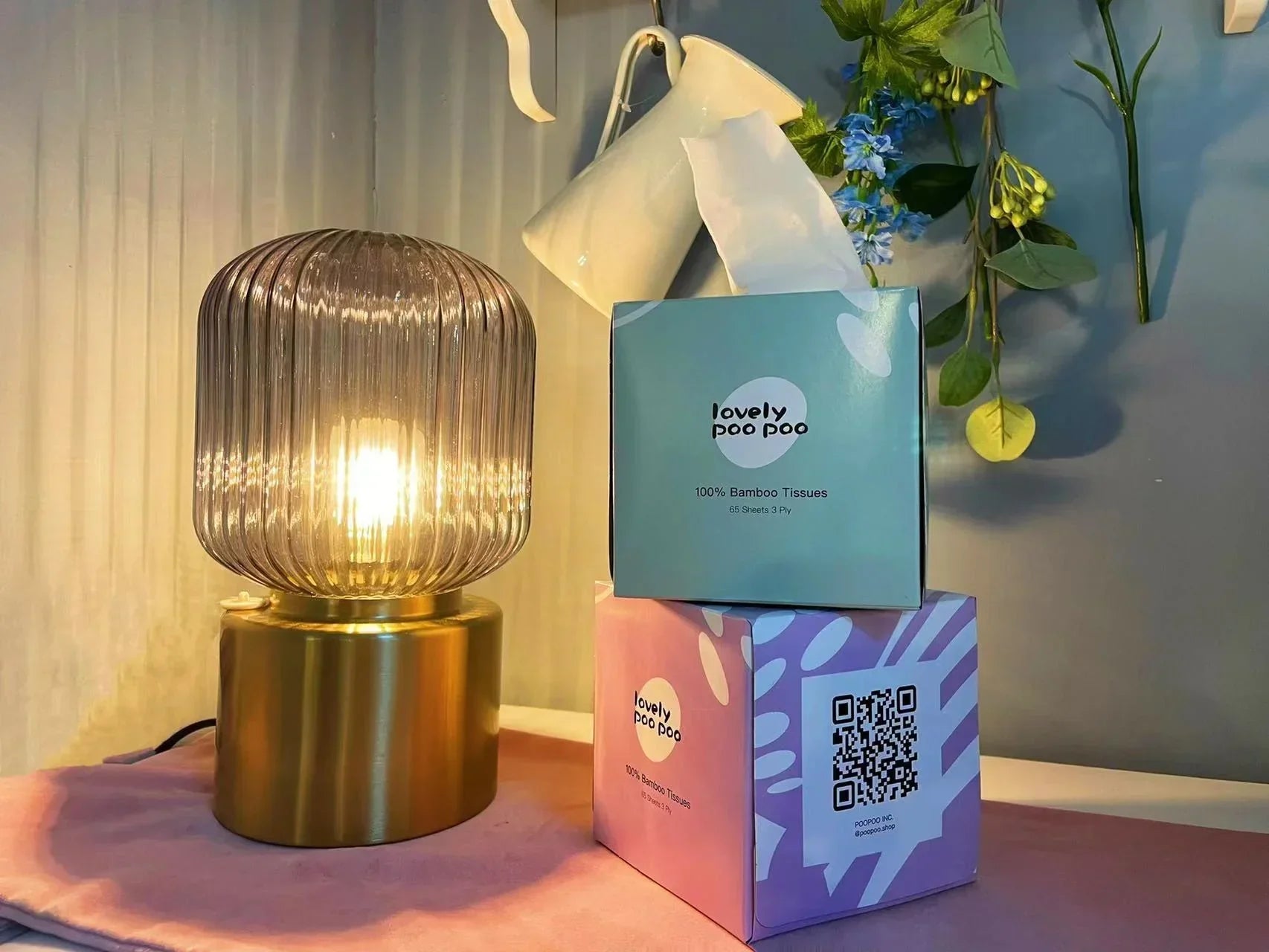Here, we will explore the manufacturing process of bamboo toilet paper and highlight the significant differences between it and traditional toilet paper. It is our aim to inspire you to make a conscious choice for your home and our planet.
The Journey from Bamboo to Toilet Paper
Sourcing the Raw Material
Our bamboo toilet paper begins its life in carefully managed and sustainable bamboo forests. Unlike traditional toilet paper, which is often made from wood pulp derived from trees, our bamboo is a fast-growing grass that regenerates itself in just 3-5 years, making it a truly renewable resource.
Harvesting with Care
Our bamboo is harvested using sustainable methods that do not damage the root system, ensuring a continuous supply of this natural wonder. This is in stark contrast to the clear-cutting practices often associated with traditional toilet paper production.
Processing the Bamboo
Once harvested, the bamboo undergoes a meticulous process to create the soft and strong toilet paper you'll love. Here's a quick look at the steps involved:
- Chipping: The bamboo is chipped into small pieces.
- Steaming: The chips are steamed to break down the bamboo fibers.
- Pulping: The steamed bamboo is then pulped to create a soft, yet strong, paper material.
- Drying: The pulp is pressed and dried to form large rolls of bamboo paper.
Crafting the Perfect Sheet
Our bamboo toilet paper is crafted with precision, ensuring each sheet is:
- FSC Certified: A guarantee of responsible forest management.
- 100% Bamboo: No fillers or additives, just pure bamboo goodness.
- 370 Sheets: Each roll is generously filled with sheets for your convenience.
- 10*10cm Sheet Size: The perfect size for everyday use.
Enhancing Strength and Softness
Our 3-ply design offers twice the absorption and strength compared to traditional 1-ply or 2-ply toilet paper. This means fewer sheets are needed per use, reducing waste and saving you money.
The Differences in Manufacturing
Environmental Impact
- Bamboo Toilet Paper: Minimal environmental impact with sustainable harvesting and a renewable resource.
- Traditional Toilet Paper: Often involves deforestation and contributes to habitat loss.
Chemical Usage
- Bamboo Toilet Paper: Free from inks, dyes, and BPA. Our natural bamboo paper is chemical-free.
- Traditional Toilet Paper: May contain bleaches and other chemicals that can be harmful to the environment and sensitive skin.
Packaging
- Bamboo Toilet Paper: Our packaging is plastic-free, even the tape, reducing plastic waste.
- Traditional Toilet Paper: Often packaged in plastic, contributing to landfill waste.
Biodegradability
- Bamboo Toilet Paper: Septic safe and biodegradable, breaking down naturally after use.
- Traditional Toilet Paper: May not break down as easily, leading to potential plumbing issues and environmental pollution.
Durability
- Bamboo Toilet Paper: Each Supreme Roll is 4X stronger and more durable, providing a better user experience.
- Traditional Toilet Paper: Can be less durable, requiring more sheets per use.
Aesthetics
- Bamboo Toilet Paper: Features a classic dots pattern, adding a touch of elegance to your bathroom.
- Traditional Toilet Paper: Typically plain white, without any distinctive design.
The Benefits of Choosing Bamboo
- Sustainability: By choosing bamboo, you are supporting a sustainable and eco-friendly product.
- Strength and Softness: Enjoy the perfect balance of strength and softness with our 3-ply bamboo toilet paper.
- Healthier Choice: Free from harmful chemicals, our toilet paper is a healthier option for you and your family.
- Economical: With fewer sheets needed per use, our toilet paper offers better value for money.
SO. . . .
Bamboo toilet paper is not just an alternative to traditional toilet paper; it's a superior choice for those who value sustainability, quality, and health. By choosing our bamboo toilet paper, you are making a positive impact on the environment and enjoying a premium product that is both soft and strong.
